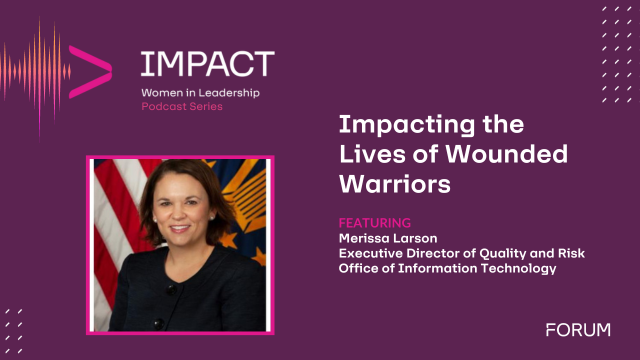As in the private sector, the lines between product, solution, and service continue to blur within the Federal Government contracting space. The evolution of available technology, coupled with the variety of applications to both business operations and mission, has emphasized the importance of the system integrator business model as it serves health-focused organizations such as the Department of Heath and Human Services (HHS), the Department of Veterans Affairs (VA), the Defense Health Agency (DHA), and beyond. Across Federal health, technology initiatives ranging from development, modernization, and enhancement (DME) through operations and maintenance (O&M) are increasingly leveraging technology to modernize infrastructure and applications, add business operation efficiency, engage stakeholders ranging from internal to Government and citizen, and reduce overall costs. These stakeholder benefits within the product, solutions, and services models have become synonymous with Next Generation Information Technology (NGIT) or Digital Transformation. Contractors reorienting their identities (corporate or line of business) around NGIT or Digital Transformation are increasingly positioned to deliver solutions – the combination of product and services or tech-enabled services. Leveraging commercial technologies such as Amazon Web Services, Salesforce, Appian, ServiceNow, or a host of others, via a cadre of highly certified, yet scarcely available, technical professionals has created a winning hand to drive growth and to capitalize on available Government contractor spend. Moreover, the investment by contractors in corporate innovation labs, often funded by internal, research and development (IR&D) spend, have served dual purposes as recruitment engines and through the ability to produce technology differentiators in an otherwise highly competitive environment for talent and contract awards. Having the best people is quickly being subsumed by best solutions.
While contractor branding, mission orientation, and solutions offerings are internally focused, the other part of the growth equation continues to be the contracting mechanisms through which Government customers can buy. Federal health continues to buy solutions through traditional contract approaches, and key contracts which may include Chief Information Officer-Solutions and Partners 4 (CIO-SP4) Government-Wide Acquisition Contract, 8(a) STARS III, Alliant 2, and Transformation Twenty-One Total Technology-Next Generation (T4NG) contracts. These remain critical growth drivers when looking over the horizon at how Federal health-related customers intend to engage with their contractor partners. However, a variety of small programs, such as the CIO modernization and enterprise transformation (COMET) contract, or less traditional, technology demonstration versus paper-based bid volumes such as those used across broader Federal Civilian customers, will also be key contributors for contractors to position for the significant technology and transformation spend forthcoming. These less traditional competitions lend themselves to showcase these aforementioned solutions offerings. This combination of both the solutions and the contracts are the one-two punch for growth.
The merger and acquisition markets recognize the above. The desire of strategic buyers (a.k.a. corporate buyers) to invest in solutions practices that can operate as both a vertical line of business and a horizontal NextGen IT or Digital Transformation center of excellence are receiving considerable attention. These firms are viewed as differentiated, and able to achieve above average growth and profit margins while maintaining value for the customer. These NextGen IT and digital transformation areas also remain front and center for private equity investors in the space (approaching 50% of deal activity to include their portfolio companies) as well. We’ve seen transaction examples in the broader Federal Civilian space such as ICF’s acquisition of ITG and CGI’s acquisition of TeraThink, and could expect Federal health activity to follow suit. Firms that have been able to mature their solutions, contracts, and go-to market strategy should continue to accelerate growth in the technology forward, well-funded, and bipartisan supported Federal health market, driving value for shareholders and M&A activity in the space going forward.
About Marc Marlin
Marc Marlin is a Managing Director at KippsDeSanto & Co., an investment bank focused on the aerospace/defense, and Government technology solutions sectors. Marc has a broad base of experience in providing transaction advisory services, with a particular focus on mergers and acquisitions for professional services and software companies. Past clients include DLH Corporation, Ace Info Solutions, NES, Edaptive System, 2020, GlobalNet Services, ASM Research, Magellan Health, and General Dynamics, amongst others.












